📌 Please note, we ask that our patients pay the $220 consultation fee when they arrive at the practice BEFORE their appointment. We have found that this practice greatly improves the workflows of our staff, and results in better care for our patients at the best possible cost.
📌 Also note, that while we have the ability to login and view scans online for SOME medical imaging facilities, we cannot guarantee that this is possible for ALL facilities. To ensure your consultation runs smoothly, we ask that you bring either…
- ) a physical copy
- ) a USB stick with a digital copy of any X-rays or MRIs needed for your appointment
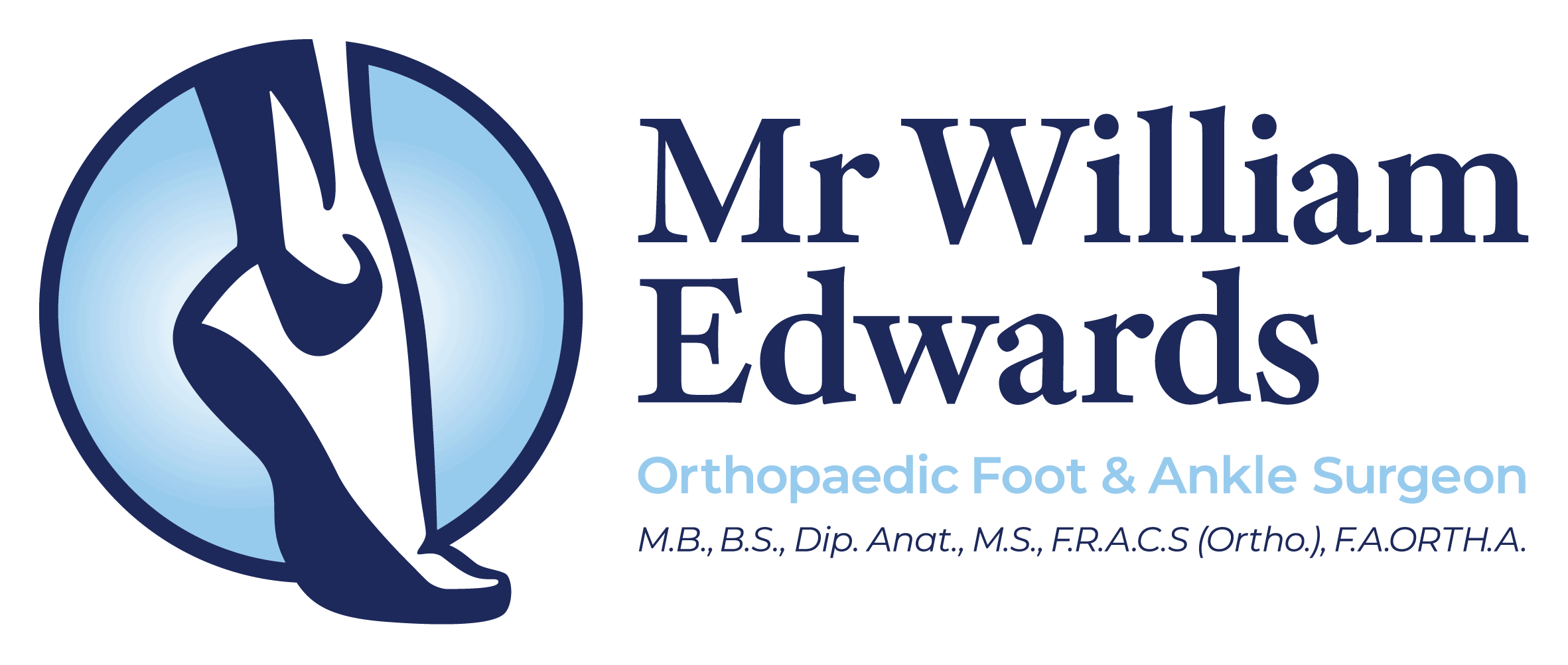

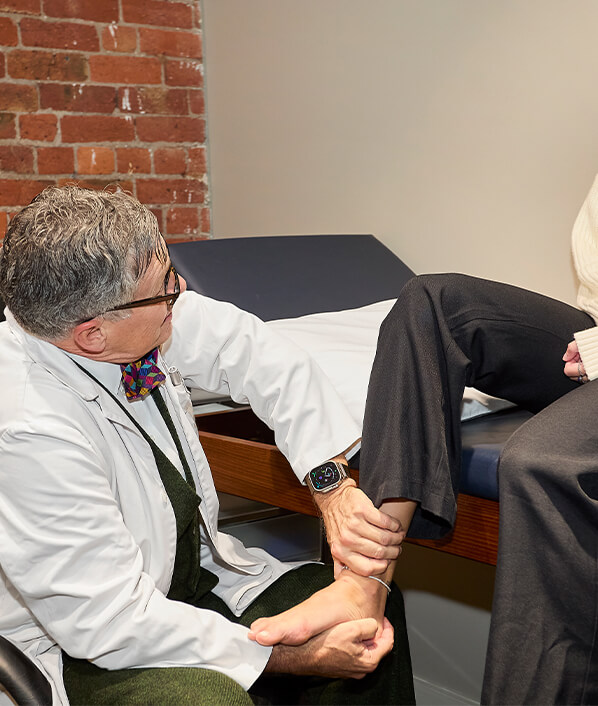
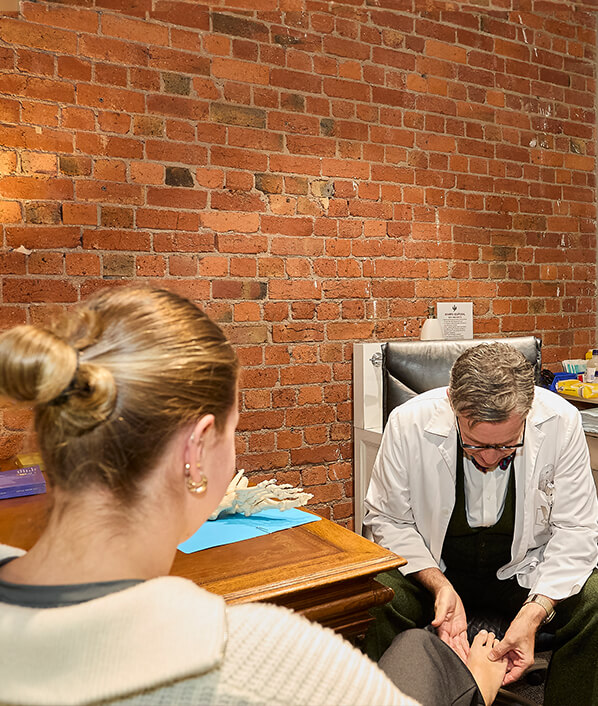
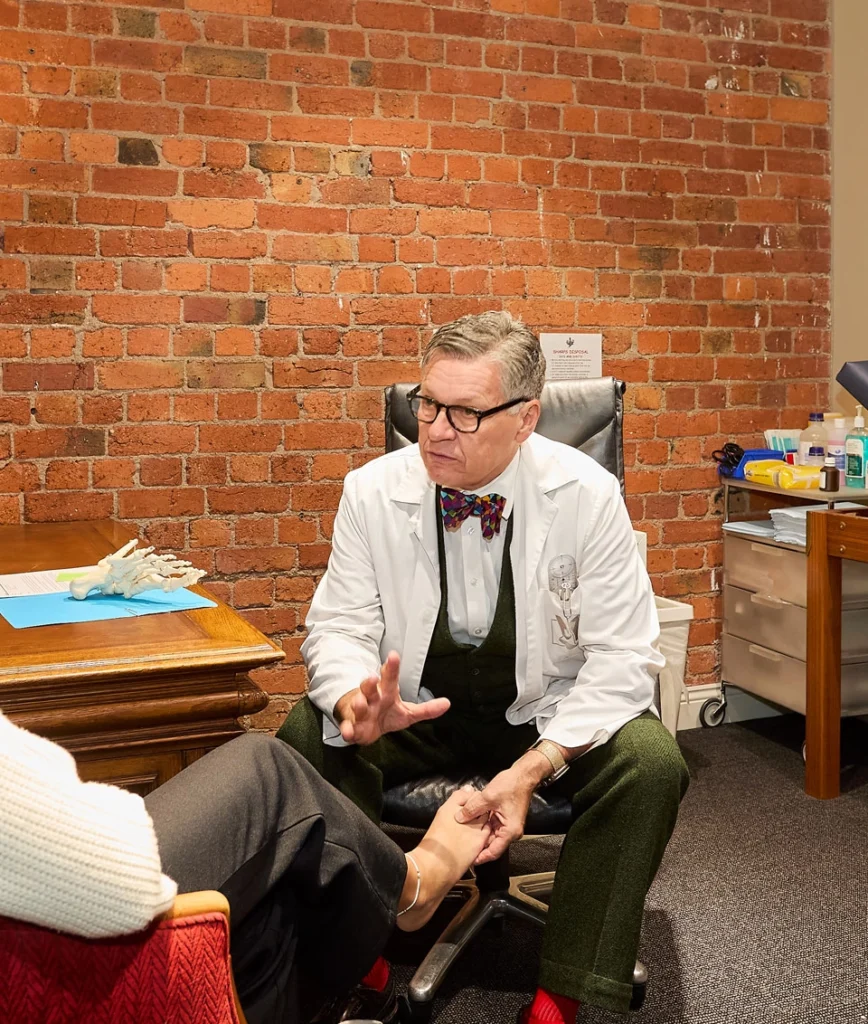
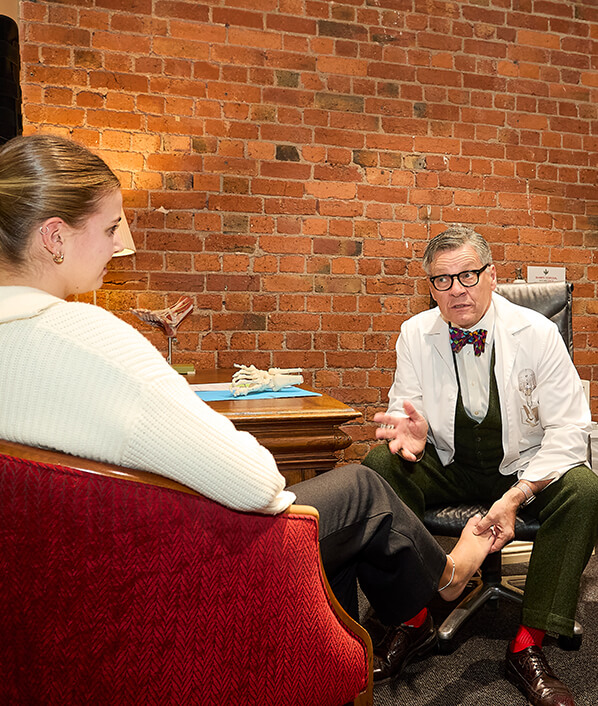
37 Comments. Leave new
2cxpyn
xd6bkd
dtji IwyKuf quxvU rrKDp tePw IdnLGoJ wxRhyt
Thanks for your personal marvelous posting! I definitely enjoyed reading it, you’re a great author.I will make sure to bookmark your blog and will come back sometime soon. I want to encourage you continue your great work, have a nice morning!
https://www.droversointeru.com
3y0vmk
There is noticeably a bundle to know about this. I consider you made some nice points in features also.
https://www.ledlightbulb.net/index.php?main_page=product_info&cPath=197&products_id=3637
443sxk
ogmenton min 1 decrease in the nonintervention arm among 53 patients with primary breast cancer
I just could not depart your web site before suggesting that I extremely enjoyed the standard information a person provide for your visitors? Is gonna be back often in order to check up on new posts
https://www.vacationsperfected.com/
pb1jtl
40rc9g
I’m really inspired with your writing abilities and also with the layout for your blog. Is this a paid theme or did you customize it your self? Either way stay up the nice quality writing, it’s uncommon to peer a nice blog like this one today..
https://www.smortergiremal.com/
beir8q
t1wedc
tttzeo
lvkg8p
I was suggested this blog by way of my cousin. I’m now not sure whether or not this publish is written by means of him as nobody else recognize such exact approximately my trouble. You’re incredible! Thanks!
https://pestotomacau.info/
I haven’t checked in here for a while since I thought it was getting boring, but the last few posts are great quality so I guess I will add you back to my daily bloglist. You deserve it my friend :)
https://kg-cc.com/
Yeah bookmaking this wasn’t a speculative decision outstanding post! .
https://derelictmetal.com/
I enjoy your writing style really enjoying this website .
https://allgreenhydroponics.com/
I¦ve learn a few good stuff here. Definitely price bookmarking for revisiting. I wonder how a lot attempt you put to create such a great informative website.
https://pfgarquitectura.com
hello!,I like your writing so so much! share we keep up a correspondence extra approximately your article on AOL? I require an expert in this area to solve my problem. Maybe that is you! Looking ahead to look you.
https://www.droversointeru.com
hg846k
l7o24c
f7t94s
wlp76c
I like the efforts you have put in this, thankyou for all the great blog posts.
https://www.zoritolerimol.com
sfz9hm
0labo0
I just could not go away your web site before suggesting that I extremely enjoyed the standard info a person supply on your visitors? Is gonna be again ceaselessly to investigate cross-check new posts
https://youtu.be/SNxi1ueuRtE
You have mentioned very interesting details! ps nice web site.
https://allthatjazzuk.com/
As I website possessor I believe the content matter here is rattling magnificent , appreciate it for your efforts. You should keep it up forever! Good Luck.
https://www.nbabox.co/watch-nbl-online
There are definitely a number of details like that to take into consideration. That could be a nice point to carry up. I offer the thoughts above as general inspiration however clearly there are questions like the one you bring up the place the most important thing will be working in trustworthy good faith. I don?t know if best practices have emerged around issues like that, but I am sure that your job is clearly identified as a fair game. Each boys and girls really feel the impact of only a moment’s pleasure, for the remainder of their lives.
https://youtu.be/Qpn6Q2A8xtM
I’ve read a few good stuff here. Definitely worth bookmarking for revisiting. I wonder how much effort you put to make such a great informative website.
https://youtu.be/S45Axi2F1G4
Definitely, what a great blog and instructive posts, I definitely will bookmark your website.Have an awsome day!
https://www.droversointeru.com
There are some interesting closing dates on this article however I don’t know if I see all of them middle to heart. There’s some validity but I will take maintain opinion till I look into it further. Good article , thanks and we want more! Added to FeedBurner as properly
https://youtu.be/acPJN-ym86g
Hi, i think that i saw you visited my blog so i came to “return the favor”.I’m trying to find things to enhance my site!I suppose its ok to use some of your ideas!!
https://www.fdertolmrtokev.com